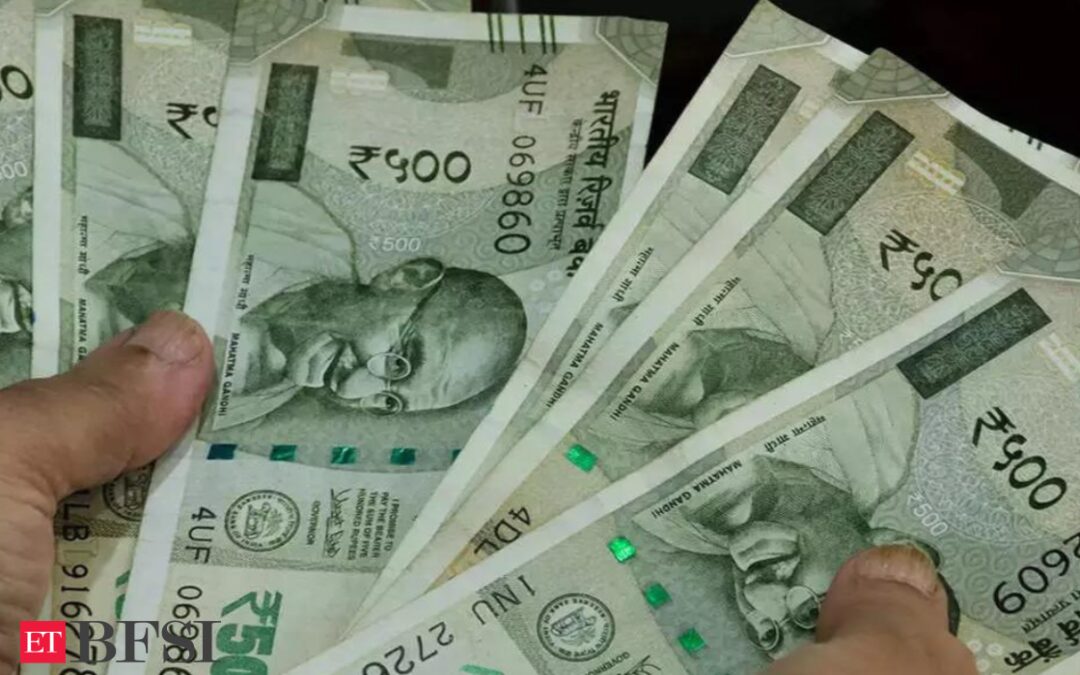The rupee has gone from being one of Asia’s most volatile currencies to among its most stable in the span of a decade. The turnaround reflects India’s growing economic heft and RBI’s interventions to manage the rupee’s wild swings. With Indian bonds set to join an important global index this week, the currency’s stability couldn’t have come at a better time, burnishing the appeal of Indian assets for investors. Too much volatility makes it tough for businesses and investors as it could add to their costs. Here’s a deeper look at how the rupee’s fortunes have been transformed:
Why was the rupee Asia’s most volatile currency?
About a decade ago, India’s inflation rate was around 10% – stoked in part by govt’s decision to spend its way out of an economic slump that followed the global financial crisis – and crude oil, a key import, was trading at more than $100 a barrel. Frustration over political scandals and policy paralysis threatened to derail India’s economic growth and its image as an investment destination. It all made for a toxic mix for investors, at just the wrong time, as the Federal Reserve’s plan to reduce bond purchases in 2013 shook emerging markets. The prospect of Treasury yields moving higher brought a flood of investor cash out of developing countries like India back to the US at the time.What tamed wild swings?
The rupee continued to weaken against the dollar during Modi’s rule, but the swings became less wild over that period. Economic growth that beat most other nations, policy continuity and political stability have drawn foreign investors. Govt also implemented key reforms such as giving RBI an inflation-target mandate and steadily whittling down the size of its budget deficit. India now sits on top of the world’s fourth-biggest pile of foreign reserves. RBI has been buying dollars when the rupee is strong and selling forex when it weakens to lean against big moves in the currency. By managing the supply of dollars available in India’s currency market, RBI is able to smooth out shifts in the value of the rupee.
What does less volatility mean for investors?
Indian assets provide relatively high volatility-adjusted returns – better performance with more predictability – compared with other emerging markets. The local currency is proving more reliable than those of economies in Latin America or Africa that might show a stellar performance in one year and burn a hole in portfolios the next. But there are shortcomings to RBI’s approach. Its firm grip means any changes in economic fundamentals may not always get fully reflected in the currency.
What does bond index inclusion mean?
JP Morgan’s decision to add India’s debt to its emerging-market index starting June 28 could bring fresh challenges for policymakers. Foreign investors have long been big buyers of Indian equities, but as they start to build a bigger presence in the bond market, it’s an additional channel through which flows can buffet the rupee. Govt will also have to run a tight ship, keeping any fiscal profligacy in check to avoid a knee-jerk reaction from investors.











